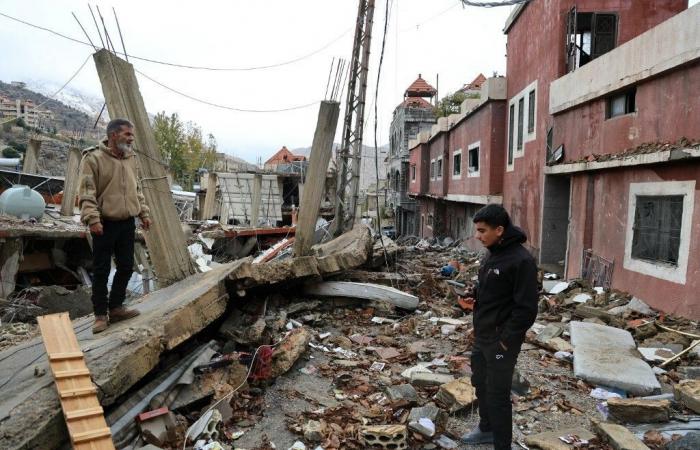Hezbollah estimates that the number of its fighters killed during the 14 months of conflict could reach several thousand – up to 4,000 people – more than ten times the number of casualties in the 2006 Lebanon war, Reuters reports in an analysis in-depth published Thursday. According to the sources cited by the agency, with the entry into force of the ceasefire, Hezbollah will have to rebuild its organizational structure and carry out investigations into the “security flaws” which allowed Israel to strike it if painful. One of the main errors that will be examined: the underestimation of Israeli technological capabilities.
Hassan Fadlallah, Hezbollah's senior politician, told Reuters that “the people” would be the priority. “We must give them shelter, clear the rubble, 'say goodbye' to the martyrs and rebuild,” he said. Despite the destruction caused by the war, Fadlallah argues that the resistance led by Hezbollah fighters in southern Lebanon and the powerful salvos of rockets fired toward the end of the conflict prove Israel's failure.
Iran, which created Hezbollah in 1982, has promised to help with reconstruction. The costs are colossal: the World Bank estimates damage to Lebanon's housing sector alone at $2.8 billion, with 99,000 homes partially or totally destroyed.
A senior US official said Hezbollah is currently “very weakened”, both militarily and politically. A Western diplomat confirmed this assessment, adding that Israel had the upper hand and had virtually “dictated” the terms of its withdrawal.
Nevertheless, researcher Andreas Krieg of King's College London believes that Hezbollah has maintained a significant capacity. “The performance of the infantry in southern Lebanon and the rocket fire deep into Israeli territory in recent days have shown that the organization remains very competent,” he declared, while specifying: “However, Hezbollah will be very absorbed in the effort to rebuild the infrastructure and, more importantly, in raising the necessary funds.”






